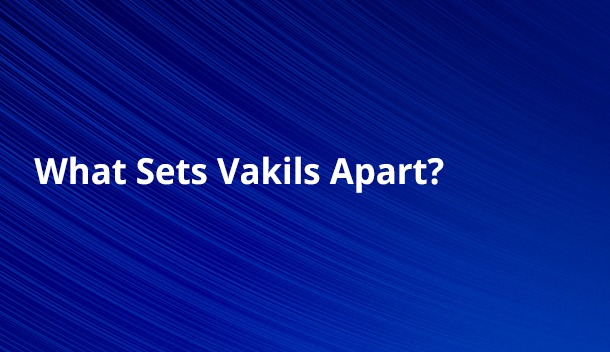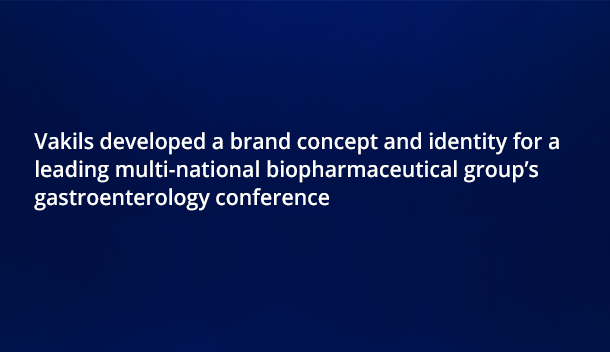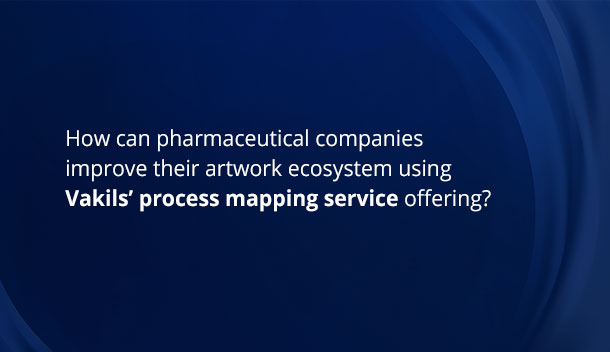Vakils at the 7th Pharma Packaging and Labelling Forum in Basel, Switzerland
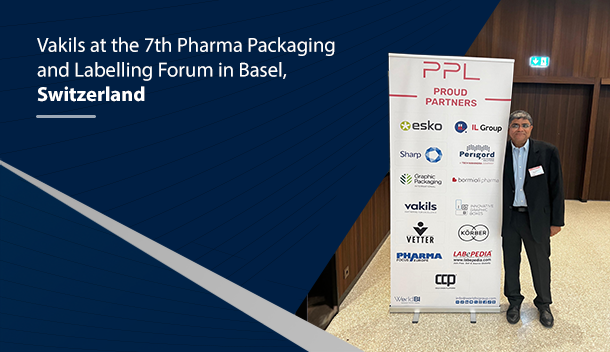
The 7th Pharma Packaging and Labelling Forum was held on the 15th and 16th of May 2024 in Basel, Switzerland. It brought together experts from the industry, academia, and regulatory agencies to discuss the latest trends, challenges, and best practices in the field. The conference covered topics such as automation, artwork management systems, artificial intelligence, digital integration, and eLabels. Bimal Mehta, our Managing Director, was in attendance. Here are his main takeaways from the conference:
Automation in Artwork ProductionOne of the key themes of the conference was the increasing focus on automation in artwork production. Many pharmaceutical clients are looking for ways to improve the quality and efficiency of their artwork processes, as well as to reduce costs and errors. Automation can help achieve these goals by streamlining workflows, eliminating manual tasks, and enhancing data accuracy and consistency. Some of the benefits of automation include:
- Speeding up the time to market by reducing the cycle time of artwork creation, review, and approval
- Reducing the risk of human errors and non-compliance by ensuring that the artwork follows the specifications and regulations
- Optimising the use of resources and reducing waste by minimising the need for rework, printing, and storage
- Improving the collaboration and communication among the stakeholders by enabling real-time feedback and visibility
Another major topic of the conference was the importance of adopting an Artwork Management System (AMS) to support the automation of artwork production. An AMS is a workflow solution that manages the entire artwork lifecycle, from design to distribution. Some of the advantages of using an AMS are:
- Enhancing the process control and validation by enforcing the standard operating procedures and approval workflows
- Increasing the transparency and accountability by tracking the status, history, and responsibility of each artwork
- Facilitating the compliance and traceability by generating the required documentation and records
- Enabling the scalability and flexibility by supporting multiple languages, formats, and markets
The potential of using artificial intelligence (AI) tools to assist the regulatory approval of artwork and labelling was also discussed. AI can help automate and augment some of the tasks involved in the regulatory process, such as data extraction, analysis, comparison, and verification. AI can also help identify and resolve issues, such as discrepancies, inconsistencies, and errors, in the artwork and labelling. Some of the benefits of AI include:
- Improving the accuracy and quality of the artwork and labelling by reducing the human errors and biases
- Enhancing the efficiency and productivity of the regulatory process by saving time and resources
- Supporting innovation and adaptation by enabling the analysis of large and complex data sets
- Facilitating collaboration and communication by providing insights and recommendations
However, the use of AI also poses some challenges and concerns, such as data security, authentication, reliability, and explainability. The conference discussed the need for establishing the ethical and legal frameworks, standards, and guidelines for the development and deployment of AI in the regulatory context.
Digital Integration and SecurityThe challenge of digital integration and security in the pharmaceutical artwork and labelling industry was also on the agenda. Both digital integration and security are essential for ensuring the quality, compliance, and safety of the artwork and labelling. Some of the factors that affect the digital integration and security are:
- The complexity and diversity of the artwork and labelling requirements and regulations across different regions and markets
- The increasing use of cloud-based and mobile solutions for the artwork and labelling processes
- The growing demand for personalised and customised artwork and labelling for different products and customers
- The emerging threats and risks of cyberattacks, data breaches, and fraud
The conference highlighted the need for developing and implementing the best practices, standards, and technologies for the digital integration and security of the artwork and labelling industry.
eLabelsAnother theme of the conference was the future of eLabels, or electronic labels, in the pharmaceutical industry. eLabels are digital versions of the physical labels that provide information about the product, such as the name, ingredients, dosage, warnings, and instructions. eLabels can be accessed through various devices, such as smartphones, tablets, or scanners, using technologies such as QR codes, RFID, or NFC. eLabels can offer some advantages over the traditional labels, such as:
- Reducing the environmental impact and cost by eliminating the need for paper, ink, and printing
- Increasing the space and flexibility by allowing the inclusion of more and dynamic information
- Improving the accessibility and usability by enabling the use of different languages, formats, and media
- Enhancing the interaction and engagement by providing feedback and support
However, eLabels also face a lot of challenges and barriers, such as the lack of standardisation, regulation, and acceptance, the technical and operational issues, and the consumer and stakeholder preferences. The conference concluded that eLabels are still in the early stages of development and adoption, and that it would take at least 10 years for them to gain popularity and trust in the pharmaceutical industry.
Reach out to us at info@vakilspremedia.com for more information on our pharmaceutical artwork service offering.
